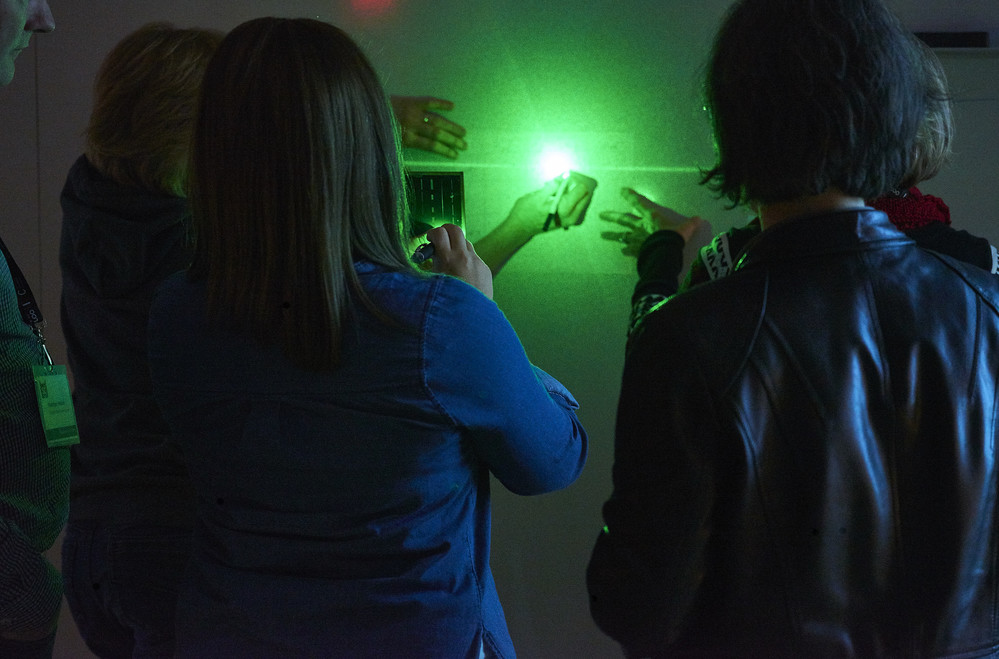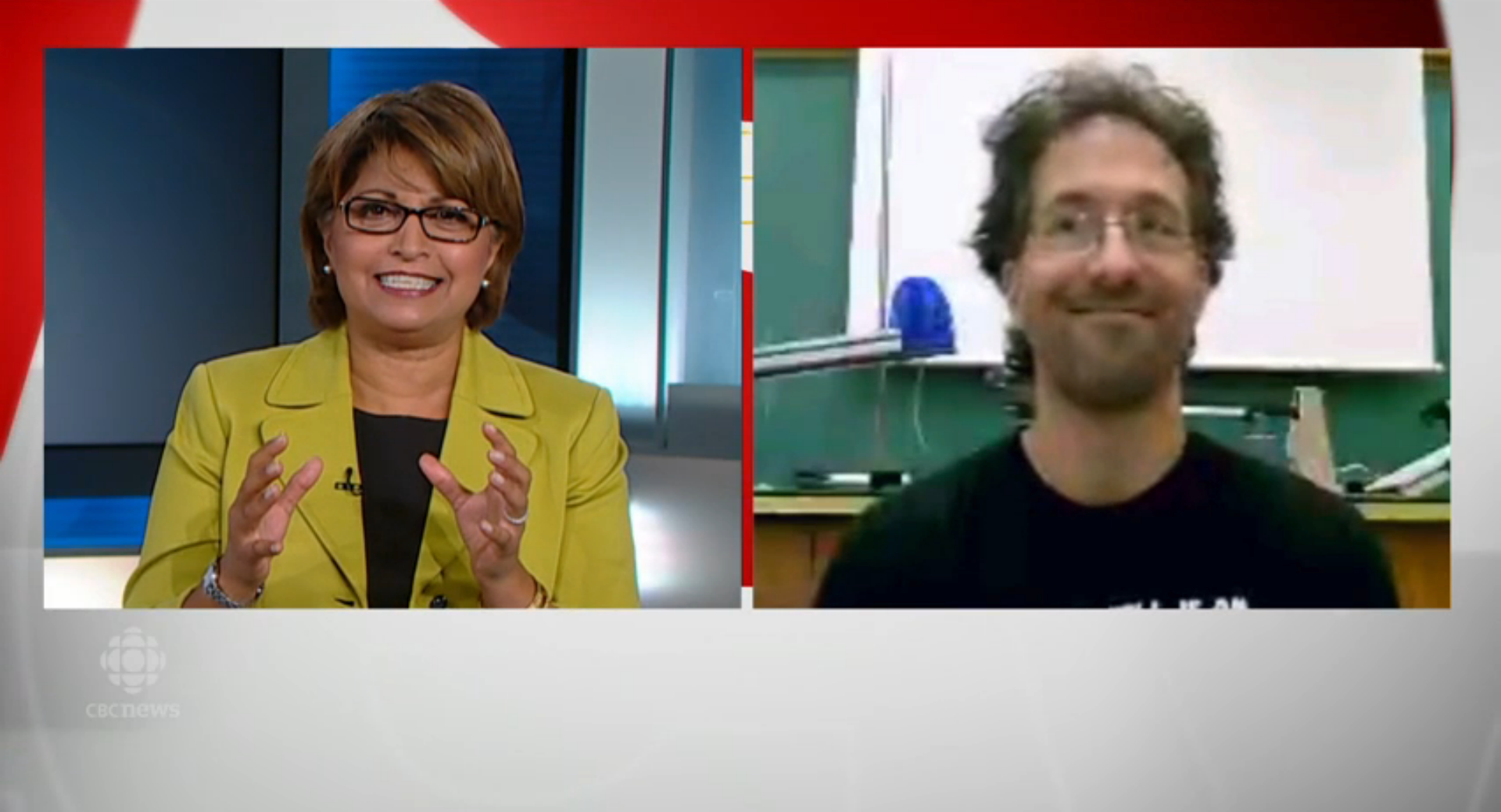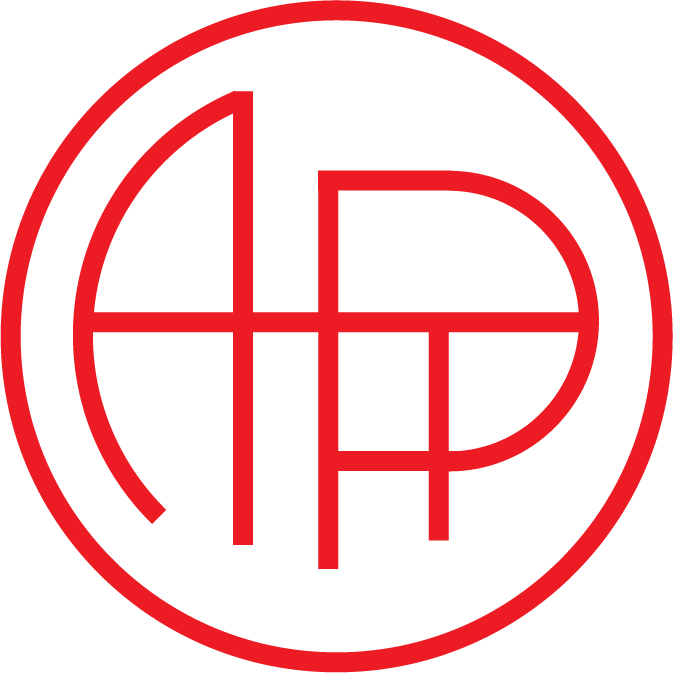October 09, 2024 Filed in:
AnnouncementsJohn Donohue, IQC Senior Manager, Scientific Outreach
jdonohue@uwaterloo.ca
Date: November 18-21, 2024
Location: Online!
Hosted by: Institute for Quantum Computing, University of Waterloo, Ontario
With 2025 announced as the
International Year of Quantum Science & Technology, there’s never been a better time to bring quantum science to our students. To help prepare educators no matter where they’re located, we’re excited to host a series of
virtual sessions on how to connect quantum technology to the curriculum, hosted by the Institute for Quantum Computing (IQC) at the University of Waterloo.

These sessions will take content from our long-running Quantum for Educators (QEd) workshop to explore fundamental quantum principles like superposition and entanglement, connect them to curriculum-relevant topics like waves, polarization, vectors, and probability, and show how they are applied in modern and emerging technologies like quantum computing and communication. We’ll also overview affordable hands-on activities that can be done with your classroom.
Read More...Tags: Modern Physics, Nobel Prize, Professional Development, Quantum
February 02, 2020 Filed in:
ArticlesSara Cormier, Instructional Assistant, McMaster University
cormiesl@mcmaster.ca
At the 2018 OAPT Conference held at IQC, University of Waterloo, I had a very lovely, inspiring conversation with Roberta Tevlin. As a side note, I always have productive chats at the OAPT conference with a variety of people (this is a shameless plug to encourage everyone to register for the
2020 OAPT conference at McMaster. It was during this conversation that we chatted about how to increase the diversity of the examples we share in class. Afterwards Roberta spearheaded the idea to create a resource to share with everyone that compiles diverse examples of physicists. She pulled Michelle Lee, Sara Naudts and me in to help. The resource is really great and well laid out. I am supremely impressed with it (I had only a small contribution in creating the resource) and have used it to increase the diversity in my own teaching which I describe below. To learn more and use this great resource yourself, I encourage you to read
another OAPT article (after you finish reading this one, of course), written by Roberta. You are also welcome to use any of the examples I’ve used below.
Read More...Tags: Diversity, Nobel Prize, Pedagogy
June 08, 2019 Filed in:
ArticlesRoberta Tevlin, Editor OAPT Newsletter, Teacher at Danforth CTI
Roberta@tevlin.ca
We need to incorporate more diverse examples of scientists in our courses. Sara Cormier (Physics Instructor at McMaster University) and I are trying to develop resources that will help teachers to do this. (If you would like to be a part of this — please send me an email!)
I started to compile a data base of good examples when I found myself completely distracted by the work of Rosalind Franklin. Her work on the X-ray crystallography of DNA fits perfectly into a lesson about the interference of light! As well as showcasing an important female scientist, an examination of her work can deepen students’ understanding of interference patterns and it highlights a very important connection between biology, chemistry and physics. I found a couple of short videos and a really simple, cheap demo that shows why the interference pattern formed by DNA provides clear evidence of its helical structure!
Read More...Tags: Diversity, History, Light, Nobel Prize
May 20, 2016 Filed in:
ArticlesRichard Taylor, Merivale High School, Ottawa
(see also mrtaylorspace.wordpress.com)
richard@teya.ca
In the last episode, I had received the main parts of a Michelson Interferometer (the mirrors) and had roughly set them up using Lego stands. In the past couple of weeks I have been working on making a more stable and adjustable platform for this interferometer.
Read More...Tags: Light, Modern Physics, Nobel Prize
April 22, 2016 Filed in:
ArticlesRichard Taylor, Merivale High School, Ottawa
(see also mrtaylorspace.wordpress.com)
richard@teya.ca
My school has had a Michelson Interferometer for many years, and I always show it to my grade 12 students to help explain the Michelson-Morley experiment - the one that showed that the speed of light does not depend on the motion of the observer. I showed this interferometer to some other Physics teachers on the February 2016 PD day in Ottawa. They were very interested and wanted to show their students. So I thought I would find out if I could build a similar and very inexpensive interferometer.
Read More...Tags: Light, Modern Physics, Nobel Prize
March 19, 2016 Filed in:
ArticlesRoberta Tevlin, OAPT Editor, Teacher Danforth CTI
Roberta.tevlin@tdsb.on.ca
Edited by Margaret Scora
Lasers are quantum light sources and they are everywhere. But what is quantum about them? The PhET simulation is a great tool to give students a feel for the quantum process called stimulated emission.
Read More...Tags: Energy, Light, Modern Physics, Nobel Prize, Quantum
October 17, 2015 Filed in:
AnnouncementsToday the
Nobel Prize in Physics was awarded to Canadian physicist Arthur McDonald for his work on neutrino oscillations. Chris Meyer heard about it while driving to work, and talked about it with his first period class, but little did he suspect that before noon he would be
interviewed by CBC Newsworld!

Tags: Nobel Prize



